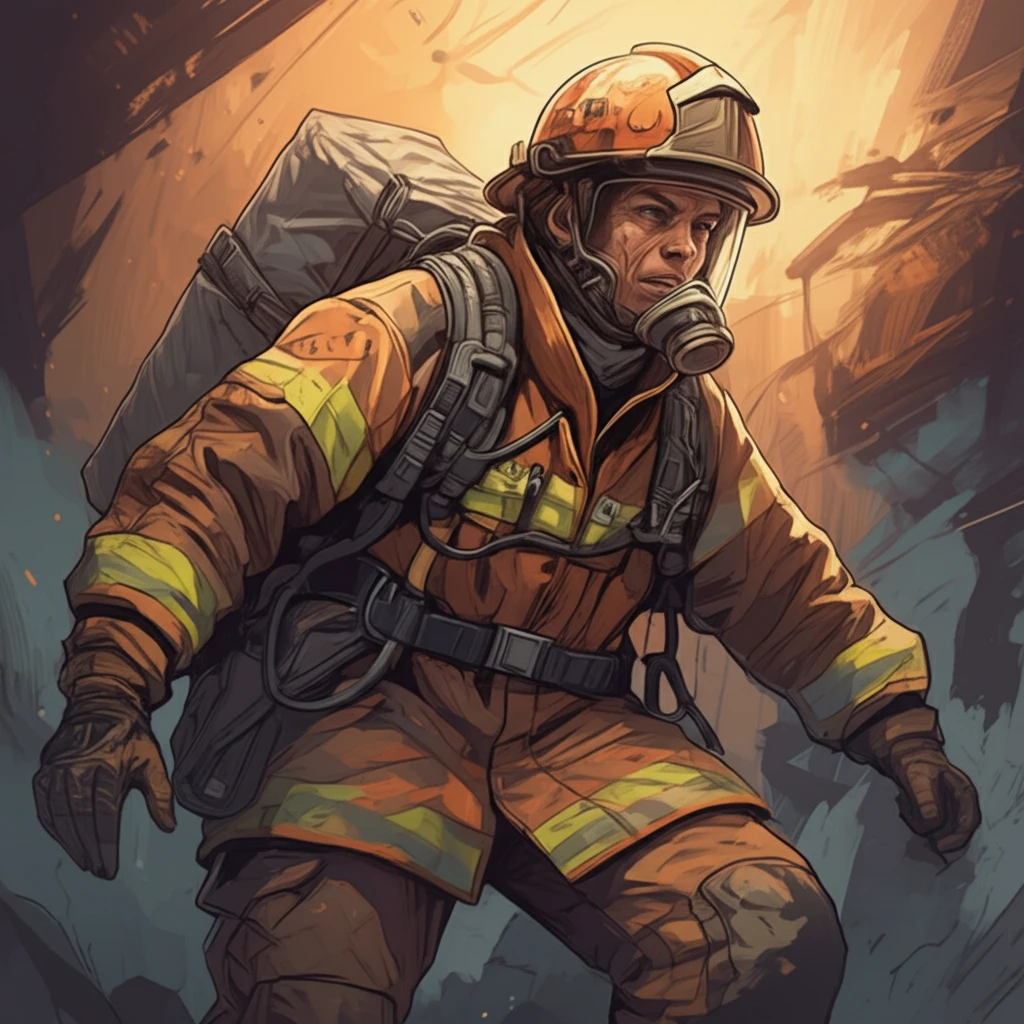
Firefighter Mobility: Are Boots and Gear Putting Lives at Risk?
"Explore how ill-fitting fire boots and bulky SCBA gear impact firefighter agility and safety, and what new research suggests about personalized protective equipment."
Firefighters face immense physical challenges, battling blazes in confined spaces and navigating treacherous environments. Their personal protective equipment (PPE) is their first line of defense, yet studies suggest that standard-issue gear may inadvertently increase the risk of falls and injuries. The bulkiness and restrictive design of fire boots and self-contained breathing apparatus (SCBA) can significantly impede a firefighter's mobility, impacting their ability to perform critical tasks.
Recent research highlights the critical link between firefighter gear and musculoskeletal injuries. A study published in the Clothing and Textiles Research Journal investigated the impact of fire boot size and SCBA cylinder dimensions on firefighter mobility. The findings reveal a significant correlation between boot height and lower body movement, suggesting that fixed-height boots mandated by safety standards may not accommodate the diverse range of firefighters' leg lengths.
Moreover, the study uncovers the limitations imposed by fixed-size SCBA cylinders on upper body mobility, particularly for shorter firefighters. The combination of bulky gear and restricted movement can lead to early fatigue, reduced balance, and increased susceptibility to slips, trips, and falls. As one in three firefighters are hurt each year, with strains, sprains, and muscular pain being the biggest problem, the need for better fitting and more ergonomic gear is greater than ever.
The Hidden Dangers of Standard Firefighter Gear

The study, involving biomechanical tests with 21 firefighters, found that a fixed boot height, as mandated by the National Fire Protection Association (NFPA) 1971 standard, restricts lower body ranges of motion during essential job-related tasks. Statistical analysis of anthropometric data further revealed that a single boot height cannot adequately fit the wide spectrum of firefighters' leg lengths.
- Restricted Ankle Movement: Higher boots limit ankle flexion, essential for climbing and navigating uneven terrain.
- Reduced Knee Mobility: Standard boot heights can impede knee bend, crucial for squatting and crawling.
- Impact on Gait: Inflexible boots alter natural walking patterns, increasing fatigue and the risk of trips.
Toward Personalized Protection: A Call for Change
The findings of this study underscore the urgent need for personalized protective equipment that caters to the diverse body types of firefighters. By offering a wider range of boot heights and SCBA cylinder sizes, manufacturers can significantly improve firefighter mobility, reduce the risk of injuries, and enhance overall safety on the fireground. As the authors highlight, more research into human factors and anthropometry data is essential for designing fire gear that truly protects and empowers those who serve.
